Japanese and Western clocks have developed distinct styles, features, and philosophies over time. While both serve the essential function of timekeeping, Japanese clocks reflect unique cultural, historical, and design elements that set them apart from their Western counterparts. Here’s a look at the key differences between Japanese and Western clocks.
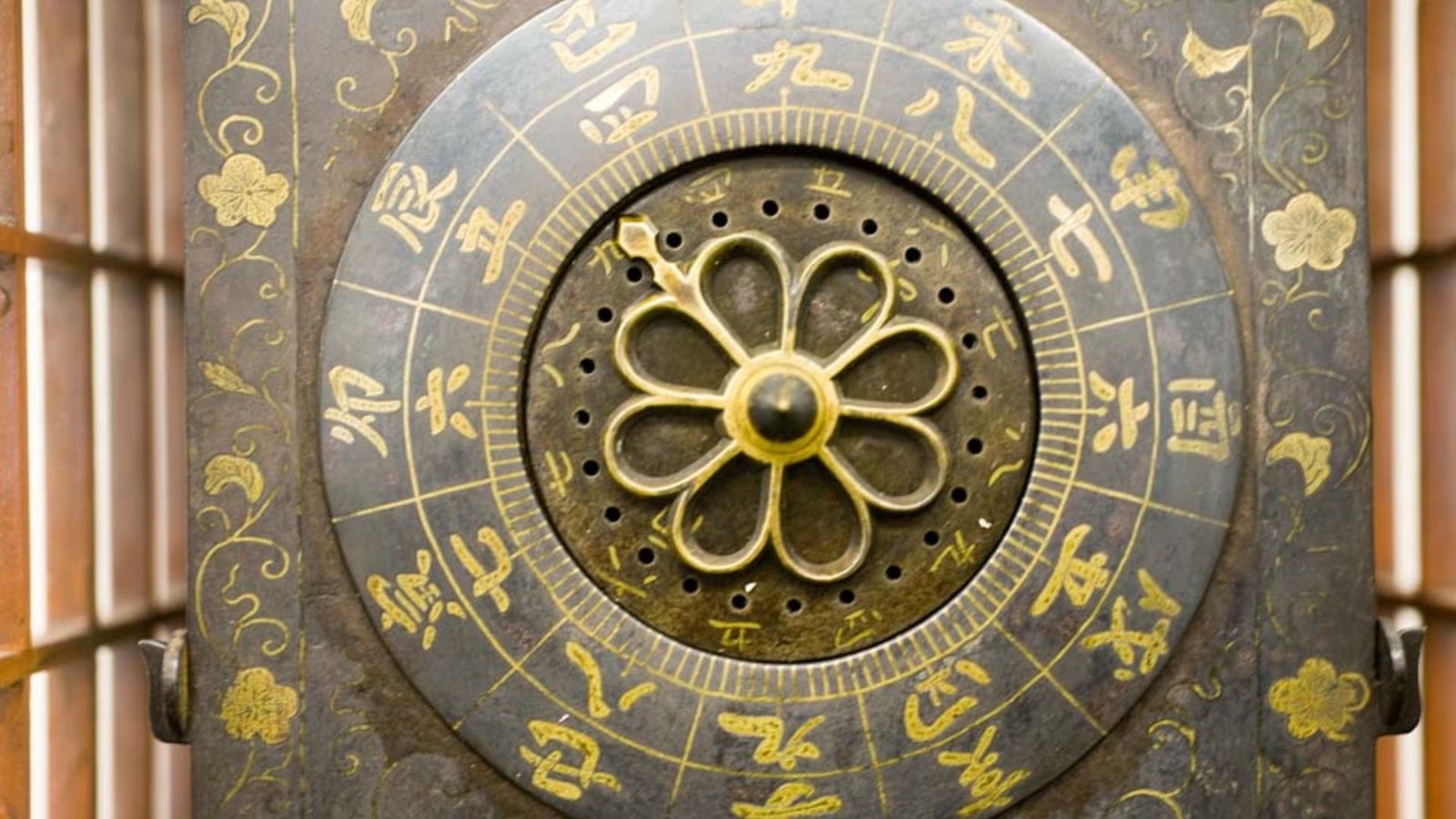
Temporal vs. Equal Hours
One of the most distinctive differences between traditional Japanese clocks, known as wadokei, and Western clocks is the concept of time.
- Japanese Temporal Hours: Early Japanese clocks used a system based on temporal hours, which varied with the changing lengths of day and night throughout the year. Daytime and nighttime were divided into six equal periods, but the actual length of an hour would change depending on the season. This system was closely tied to nature and the Japanese way of life.
- Western Equal Hours: In contrast, Western clocks, from their inception, have operated on a system of equal hours, where each hour is the same length regardless of the time of year. This method provided consistency, especially useful for industrialization and global standardization.
Cultural Influence and Design Philosophy
The cultural values of Japan and the West have significantly influenced clock design, resulting in aesthetic and functional differences.
- Japanese Clocks: Japanese clocks often reflect the country’s deep respect for nature, simplicity, and beauty. Traditional Japanese clock designs include minimalistic forms with natural materials like wood and metal. The concept of wabi-sabi, which emphasizes the beauty of imperfection and impermanence, often inspires Japanese clocks. Some even incorporate natural elements, such as cherry blossoms or bamboo motifs, into their designs.
- Western Clocks: Western clocks, particularly those from Europe, tend to feature more elaborate designs. Grandfather clocks, for instance, often boast intricate carvings, large pendulums, and ornate faces. Western clocks also reflect the Western fascination with precision and technological advancement, often favoring complex mechanical movements and striking external features.
Clockmaking Techniques
While both Japanese and Western clockmakers are known for their craftsmanship, the techniques and priorities in clockmaking differ.
- Japanese Precision and Simplicity: Japanese clockmakers emphasize precision engineering while maintaining a simple, understated design. Clockmakers like Seiko revolutionized timekeeping with the development of the quartz movement, which is now the global standard for accurate, battery-powered clocks. Japanese craftsmanship focuses on creating highly functional, reliable clocks that harmonize with their surroundings rather than dominate them.
- Western Innovation in Mechanics: Western clockmakers have historically focused on developing complex mechanical movements, such as those in pendulum and spring-driven clocks. European innovations include the tourbillon mechanism, which enhances the accuracy of mechanical timepieces. Western clocks also embraced complications, such as moon phases and calendars, which added layers of functionality.
Modern Innovations
In the 20th and 21st centuries, both Japanese and Western clocks have embraced modern technology, but their approaches still differ.
- Japanese Innovation: Japan led the way in quartz and digital clock innovations. The quartz movement, introduced by Seiko in the late 1960s, revolutionized global timekeeping by providing unprecedented accuracy. Modern Japanese clocks also reflect sustainability trends, with energy-efficient, solar-powered, and eco-friendly designs becoming more common.
- Western Digital and Smart Clocks: While Western clockmakers also embraced quartz technology, much of the modern focus has been on smart clocks that integrate with technology ecosystems, such as Alexa and Google Home. Many Western designs are focused on connectivity, blending the traditional timepiece with digital convenience and innovation.
Integration of Art and Function
Both Japanese and Western clocks balance form and function, but Japanese clocks often prioritize harmony and aesthetics in everyday life.
- Japanese Artistry: Japanese clocks are known for incorporating art into their designs, often reflecting cultural elements such as the seasons, nature, or traditional Japanese art forms like kintsugi (repairing broken pottery with gold). These clocks are as much about visual and emotional appeal as they are about timekeeping.
- Western Functionality: Western clocks, while often beautifully designed, lean more towards functionality, with features like chiming mechanisms, moon phases, and even astronomical data built into many designs. Western clocks may prioritize practical features over subtle aesthetics.
Conclusion
The differences between Japanese and Western clocks highlight the contrasting values and design philosophies of the two cultures. Japanese clocks, with their ties to nature and minimalist designs, emphasize simplicity, precision, and beauty, while Western clocks often showcase complex mechanics and detailed artistry. Both styles offer unique insights into the cultures they represent and remain important symbols of craftsmanship and innovation.

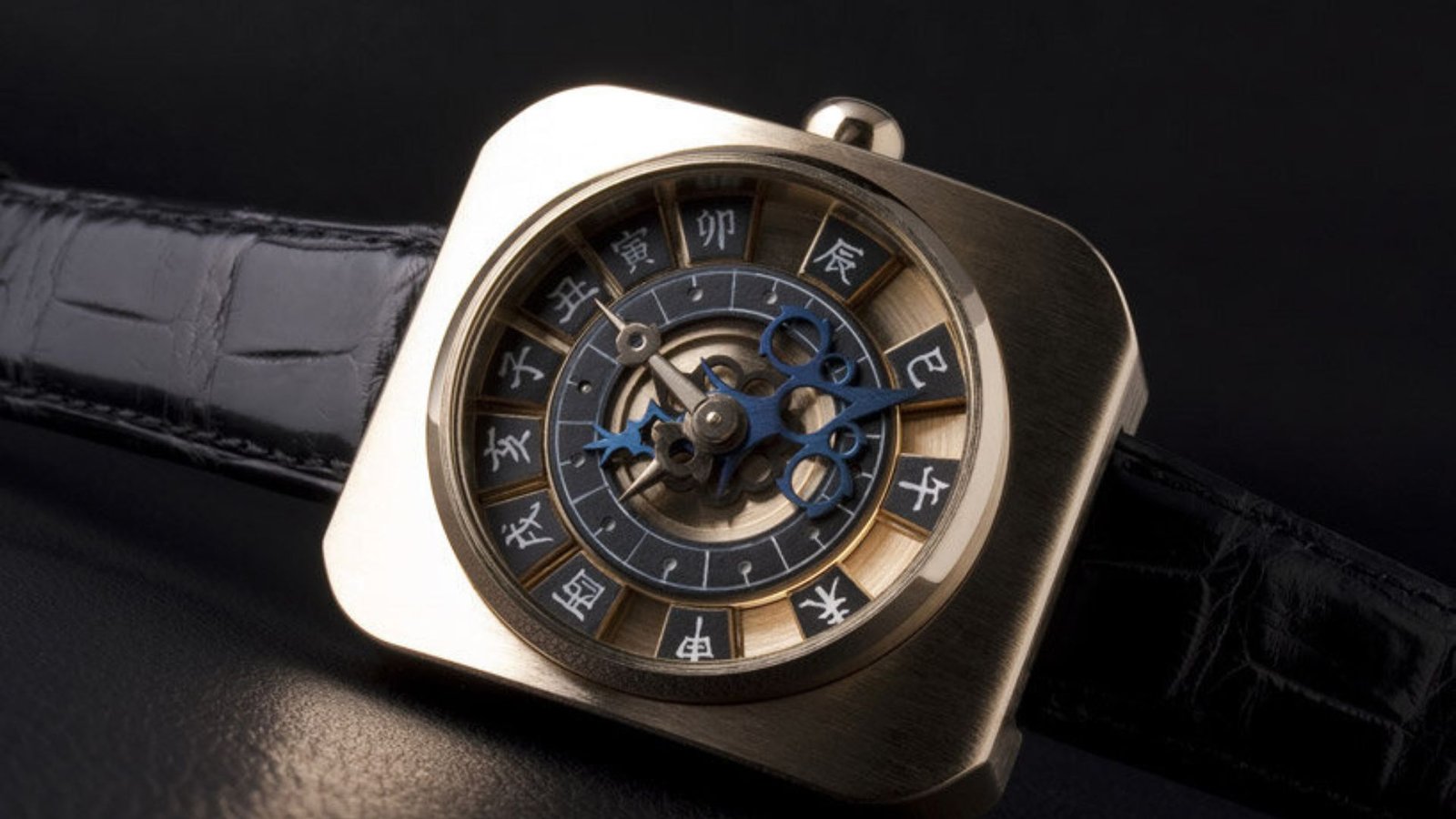
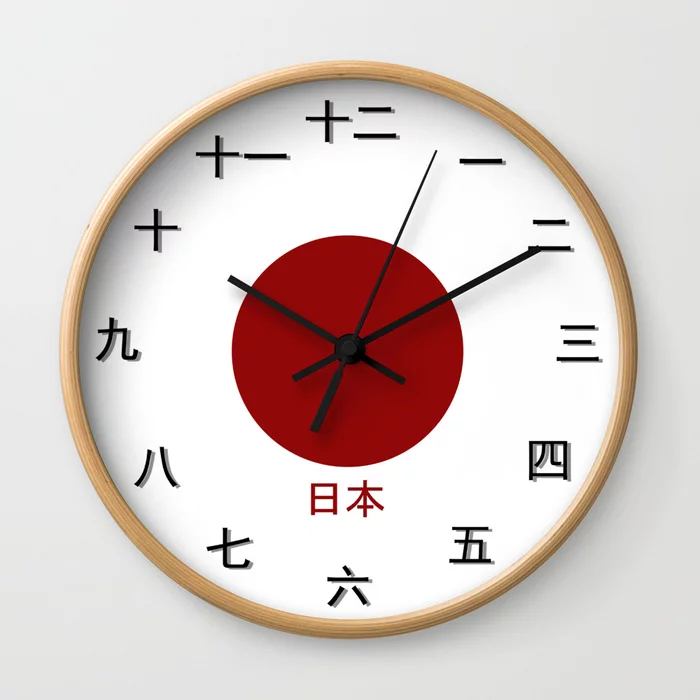
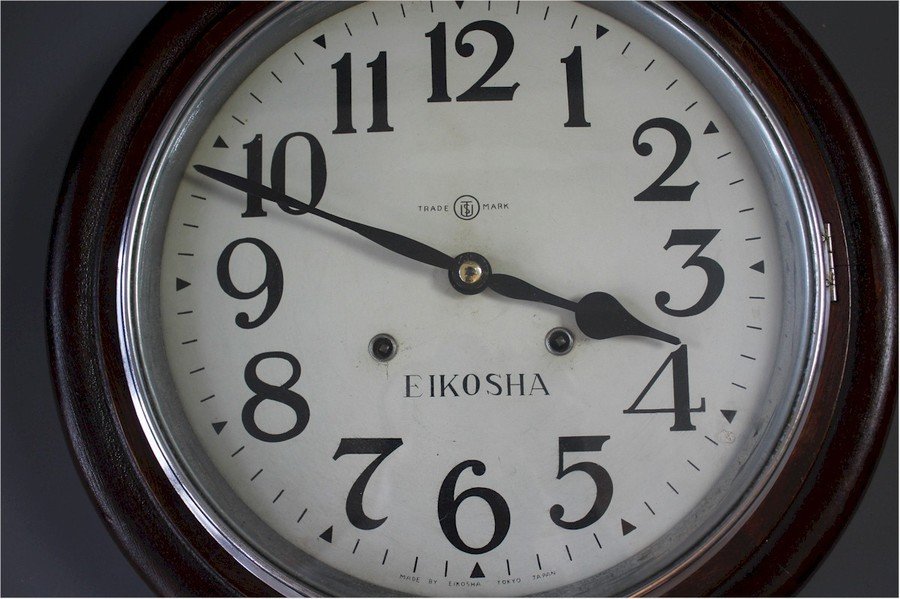
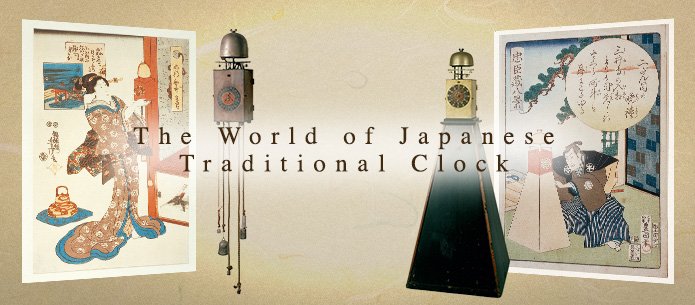
Yo, win2023bet1! Heard you’re the new spot for some action. Checking you out, see if you’ve got the goods. Pretty slick site, I gotta say. Fingers crossed for some wins! Check ’em out here: win2023bet1
Looking for a good sv288 agent. Any recommendations from you guys?
Die Plattform bietet ein organisiertes und transparentes
Bonus-System, das sowohl neuen als auch zurückkehrenden Spielern Zugang zu laufenden Aktionen, Cashback-Deals und exklusiven Boni gibt.
Die High-Definition-Übertragungen sind für Stabilität optimiert und bieten flüssige
Visuals und minimale Latenz auf allen Geräten. Die Plattform
beherbergt Hunderte von Titeln in mehreren Kategorien, darunter Spielautomaten, Live-Dealer-Spiele,
Tischspiele und progressive Jackpots. Die Plattform bietet Tausende von Spielen, von aufregenden Slots und progressiven Jackpots bis
hin zu Live-Dealer-Sessions mit echten Croupiers.
Das Winshark Casino bietet eine durchaus gut gestaltete und intuitive Website an. Im Bereich des Spielerkontos wurden leider keine Möglichkeiten angeboten, etwaige Limits für den Spielerschutz (Einzahlungs-, Verlust-
oder Zeitlimit) zu definieren. Wir stufen die WinShark Spieleplattform angesichts dessen als
vertrauenswürdig und seriös ein. Wenn Sie sich jetzt
für eine Registrierung auf unserer offiziellen Winshark-Website entscheiden, erhalten Sie einen Bonus von bis zu 2,300 CHF
+ 300 Freispiele.
References:
https://online-spielhallen.de/kingmaker-casino-cashback-ihr-weg-zu-mehr-spielguthaben/
Our guides cover everything from live blackjack and roulette to exciting
game shows. Our expert guides help you play smarter, win bigger, and get the most
out of your online gaming experience. To build a community
where players can enjoy a safer, fairer gaming experience.
We play, test, and analyze casino apps and sites with the same care
we’d want for ourselves. As keen players with experience in the industry,
we know exactly what you’re looking for in a casino.
Of course, it goes without saying that you can’t win any real
money if you choose to take this option.
Just choose a game you like from our selection of free roulette games,
click to open it, and you should be ready to place your first bet.
If you enjoy free games for fun without risking
your own money, registering, or downloading anything, this selection is ideal for you.
And if you don’t want to limit yourself to just online roulette for free, you can explore our
entire free game selection. These roulette strategies are often presented as a surefire way to make money and beat the casino.
They are simply made to maximize all the important things when playing roulette, such as
return to player and volatility. We came up with interesting ways of playing roulette which can yield good results in the long run.
References:
https://blackcoin.co/gamdom-online-casino-trusted-by-players-across-australia/
This will give you the best chance of earning back the bonus.
I wouldn’t suggest you play just to climb the VIP ladder, but the VIP rewards come in handy along the way.
My favourite of all is the cashback bonus.
Every online casino Australia real money players prefer that made it on our list is fully optimised for
mobile play — whether through a dedicated app or responsive browser
gameplay. With over 8,000 games to choose from (from 60 different game providers),
it’s easily one of the biggest collections of games we’ve
seen from a real money online casino. The best Australian online casino real money site
welcomes new players with a versatile bonus that is perfect for all bankrolls.
There are numerous resources available for those dealing
with gambling addiction, such as Gamblers Anonymous and local support groups.
Proper bankroll management is also imperative for achieving long-term success in gaming.
Players should have access to support 24/7 through various channels, including live chat, email, and phone.
In this section, we’ll cover essential aspects to consider, such as payment methods, customer support, and mobile gaming options.
This means you can explore a wide variety of gaming opportunities from around the globe!
References:
https://blackcoin.co/treasury-casino-a-comprehensive-overview/
casino avec paypal
References:
https://jobs.foodtechconnect.com/
online betting with paypal winnersbet
References:
company09.giresvenin.gethompy.com
Yo, check out betanp! Heard rumors they got some sweet odds. Gonna scope it out and see if it’s legit for myself. Fingers crossed!